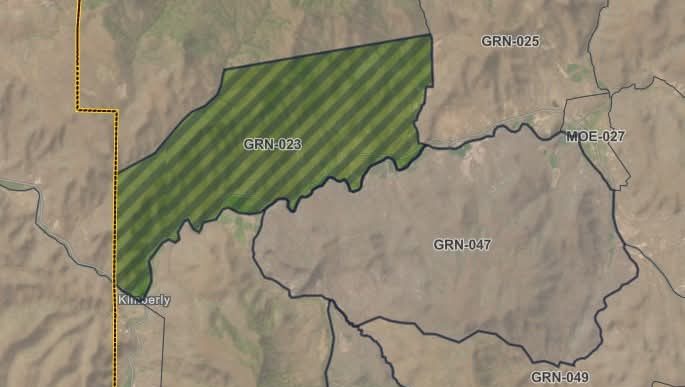Oregon wildfire coverage in the news might look a lot different next fire season
Published 11:00 am Thursday, February 24, 2022
EASTERN OREGON — Oregon wildfire coverage in the news might look a lot different next fire season.
Trending
House Bill 4087, which would allow news media professionals to enter the scene of wildfires and natural disasters, passed 48-4 on Thursday, Feb. 17, marking a turning point in wildfire coverage that will allow Oregon journalists to document wildfires similar to the way California journalists have for years.
“My aye vote was representative of transparency,” said Rep. Greg Smith, R-Heppner. “I think we need to make sure the media has access to those types of generational situations, both for informing the public as to what’s going on in their state, and also to capture history. For me, it’s a pretty simple aye vote.”
Previously, news and media organizations often have had to rely on press releases and submitted photos from government agencies. Often, coverage would come in the form of photos of road closures and barricades, or from distant landscapes of the hellish glow from a wildfire. A prior bill that would have changed the laws regarding wildfire access died in committee during the 2021 session.
Trending
The language of the bill gives incident commanders the final discretion to bar news media from access to wildfires or natural disasters, as well as the ability to deny access to fires without an escort. If granted access, it is at their own risk and without promise of rescue.
That media escort, at times, can prove a hindrance to getting the stories from the front lines of the fire.
East Oregonian photojournalist and visuals editor Ben Lonergan knows from firsthand experience how public information officers can err on the side of caution and prevent those frontline stories from being told.
In the summer of 2021, Lonergan was on assignment to get photos of the Elbow Creek Fire in Wallowa County.
“On that fire, I had an escort, and we went in their vehicle, and they took us to all the areas of the fire that they deem safe to have us in,” Lonergan said. “And we ran into some issues with that. We never made it to any spot where there was active firefighting. The only access we were given was to the peripherals. They drove us around and we never saw a crew on a fire line over there. In one case, they drove us to where some hot shots were staging, but they had already left, so the access we were given was very restricted.”
The bill would go a long way toward fostering good will between media organizations and emergency services, and ensuring it is done safely.
Media personnel would be required to provide their own personal protective equipment, such as fireproof clothing and breathing equipment, and would be expected to complete the same basic wildfire fighting training that firefighters go through. The law would apply only to public land.
“I’m shocked that we had limitations,” Smith said. “I just assumed those opportunities did exist, and so it feels like we’re correcting a wrong here.”
The measure passed the Senate on Monday, Feb. 28. The new law will go into effect on Jan. 1 of next year.
“My aye vote was representative of transparency. I think we need to make sure the media has access to those types of generational situations, both for informing the public as to what’s going on in their state, and also to capture history. For me, it’s a pretty simple aye vote.”
— Rep. Greg Smith, R-Heppner









